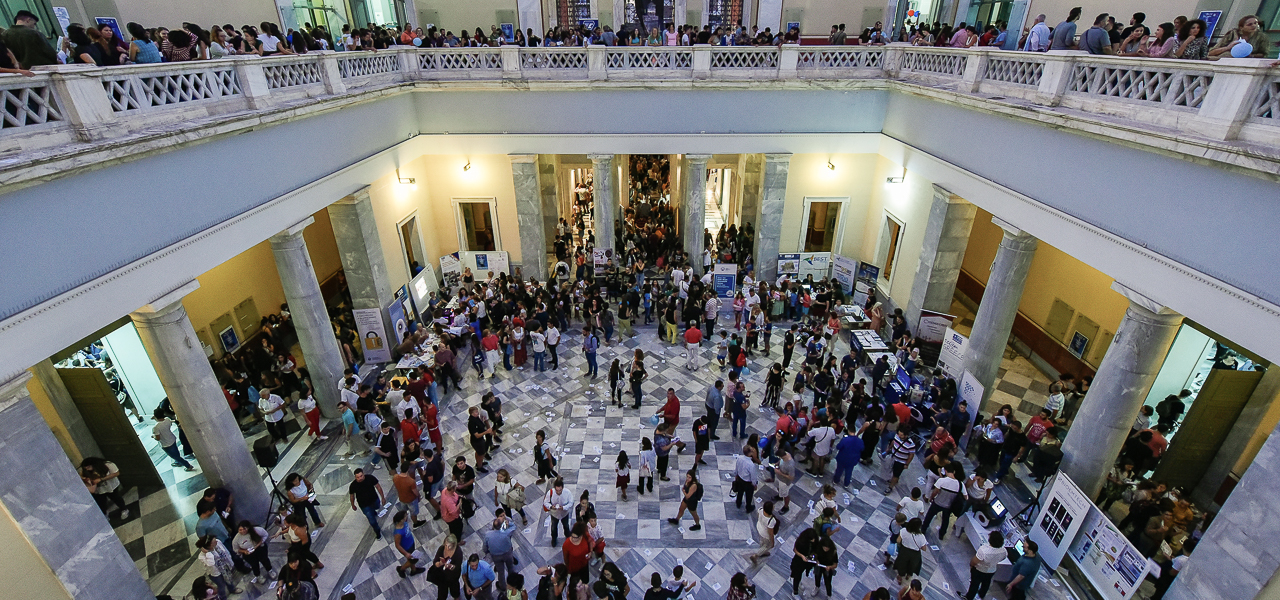The course seeks to understand how the art of painting and mosaic were employed as means for the construction of space in Byzantine church architecture. By representing an ideal space of immaterial, infinite and timeless nature, the Byzantine temple shaped people’s lives in historical time and space for almost 1500 years, even beyond the limits of the Byzantine Empire. Through the analysis of selected major monuments, we explore, more specifically, how figured decoration is structured in various types of church buildings contributing to the organization of spatial relations, how images transform these spatial relationships into classifications and hierarchies of worlds, living beings, moral categories and social roles, how they animate the church building as a dynamic, liminal space of interactive experience between the sensible and the imaginary, and finally, how images define arenas of ideological confrontation, the most dramatic culmination occurring in the long-standing crisis of Iconoclasm. Student participation in the course includes work on atopic related to a particular monument, an oral presentation in the classroom and a final written essay.
Teacher
- Emmanouil Mikrakis, Assistant Professor (Συντονιστής)

